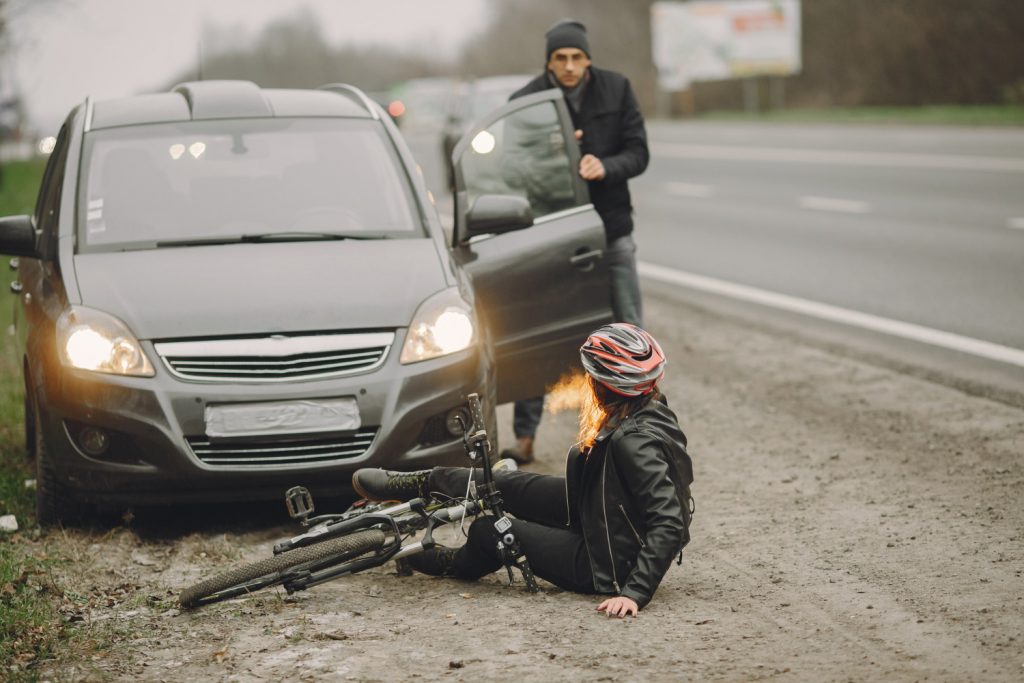
The past few decades have witnessed a surge in cycling. Fueled by health benefits, environmental consciousness, and lower fuel costs, cycling offers a sustainable and enjoyable mode of transportation.
However, with this growing trend comes a rise in bicycle accidents. Understanding the various causes of these accidents is crucial for promoting safe cycling practices and fostering a shared responsibility amongst cyclists and motorists.
This article dives into the key factors contributing to bicycle accidents, aiming to raise awareness and ultimately create a safer environment for cyclists. If you are injured in a bicycle accident, seek assistance from a qualified bicycle injury lawyer to find out what your legal options are.
Cyclist-Related Causes
While sharing the road requires all parties to be vigilant, cyclists can significantly reduce their risk of accidents by adopting safe riding practices. Some of the cyclists-related causes are as follows:
- Impaired Riding: Operating a bicycle under the influence of alcohol or drugs is just as dangerous as driving a car while intoxicated. Alcohol and drugs impair reaction time, coordination, and judgement, making it difficult to respond to hazards on the road.
- Improper Riding Techniques: Following traffic rules and mastering basic maneuvering techniques are critical for cyclist safety. Proper hand signals are essential for communicating with motorists, and ensuring lane positioning makes cyclists more visible. Riding against traffic or neglecting to use lights at night significantly increases the risk of accidents.
- Lack of Safety Gear: Wearing a properly fitted helmet is the most effective way to reduce head injuries in a crash. Studies by the Centers for Disease Control and Prevention (CDC) show that helmets can reduce the risk of serious head injuries by 69%. Additionally, protective gear like padded shorts and gloves can offer further protection in case of a fall. Using reflective clothing during low-light conditions increases cyclist visibility to motorists.
Motorist-Related Causes
Unfortunately, driver behavior often plays a significant role in bicycle accidents. Here are some everyday motorist actions that can put cyclists at risk:
- Dooring: This refers to opening a car door into the path of an oncoming cyclist. Motorists often fail to check their mirrors and blind spots before opening the door, creating a dangerous situation for cyclists.
- Turning Accidents: Turning right without checking the blind spot for cyclists is another major cause of accidents. Drivers should always shoulder-check before turning to ensure they are not cutting off a cyclist who may be riding in their lane.
- Distracted Driving: Texting, talking on the phone, or using in-car navigation systems while driving are considered distracted driving. They can have disastrous consequences for cyclists. Distracted drivers are less likely to notice cyclists sharing the road, increasing the risk of accidents.
Environmental Causes
Road and weather conditions can also play a role in bicycle accidents.
- Poor Road Conditions: Potholes, uneven surfaces, and debris on the road can all pose a danger to cyclists. Hitting a pothole can cause cyclists to lose control and fall, while debris like broken glass can lead to flat tires or sudden swerves.
- Adverse Weather Conditions: Rain, snow, or low visibility can make it challenging for cyclists and motorists to see each other. Cyclists should avoid riding in heavy rain, snow, or fog; if riding during these conditions is unavoidable, they should use extra caution and proper lighting.
